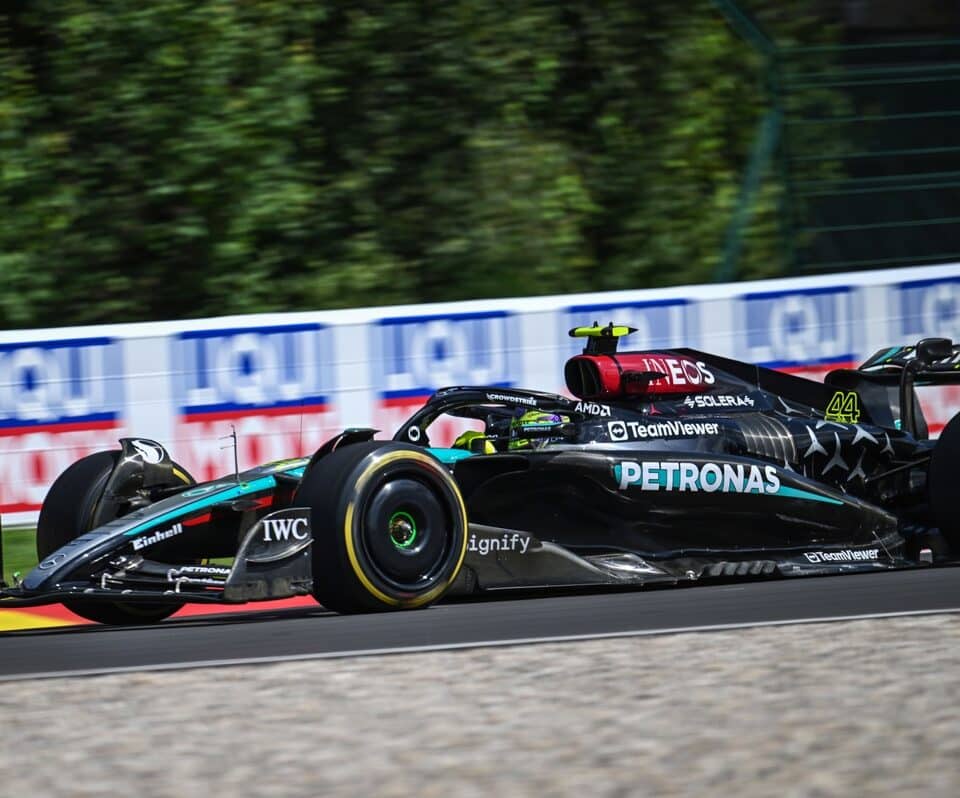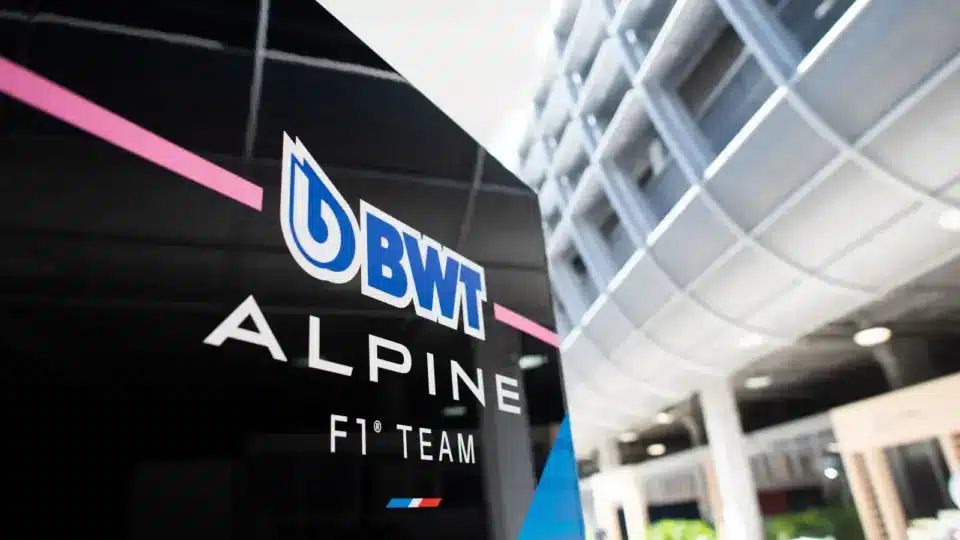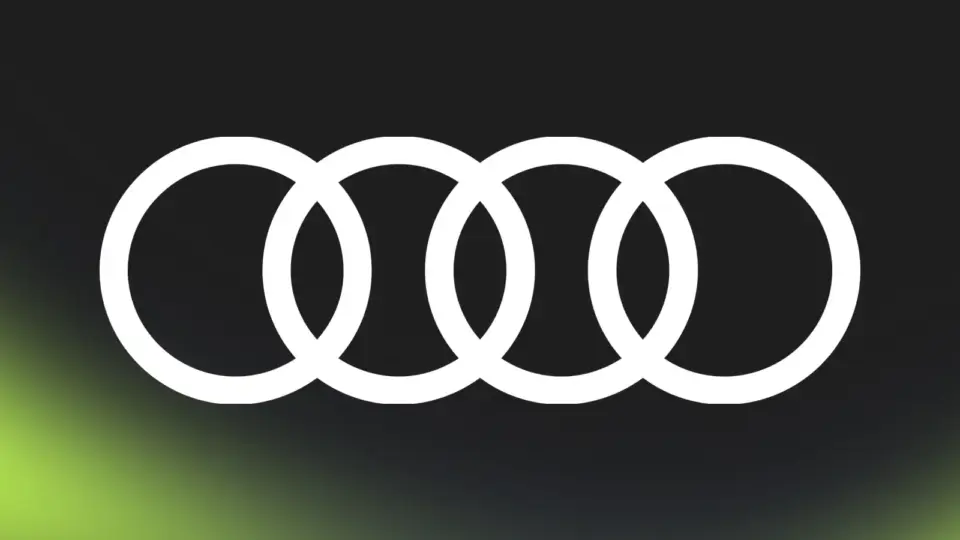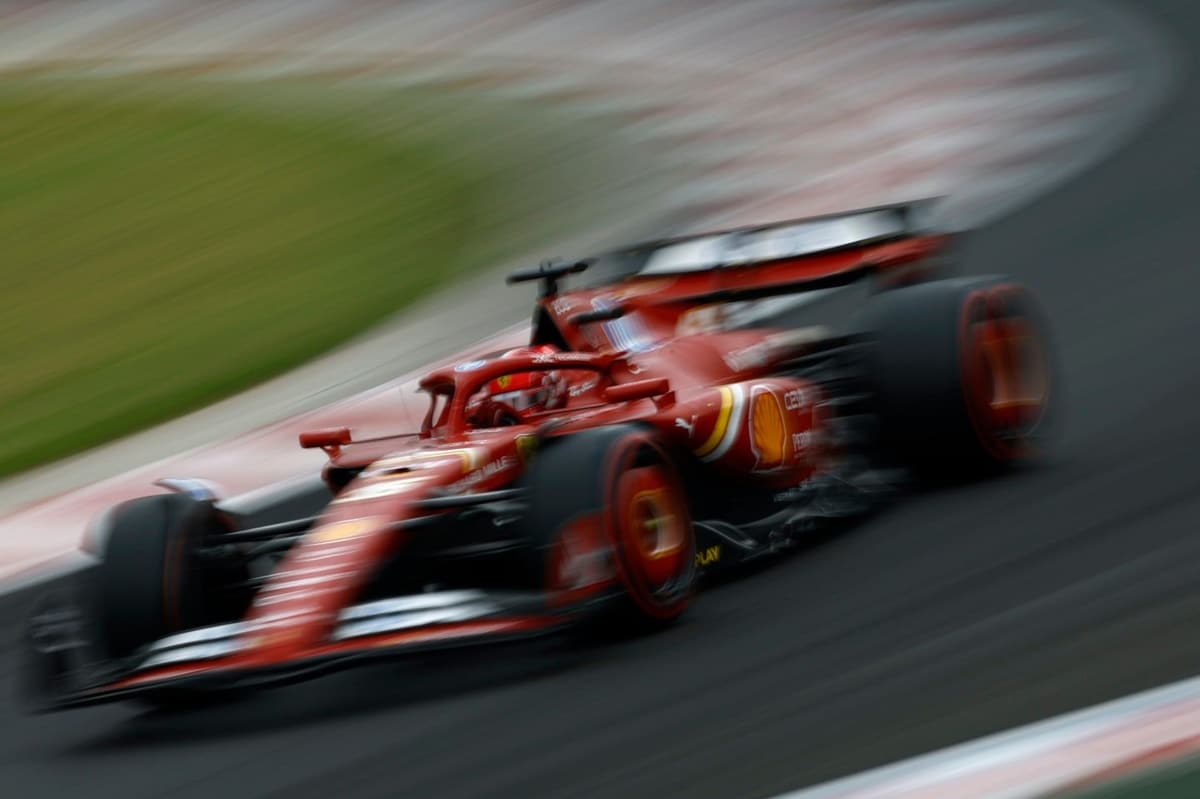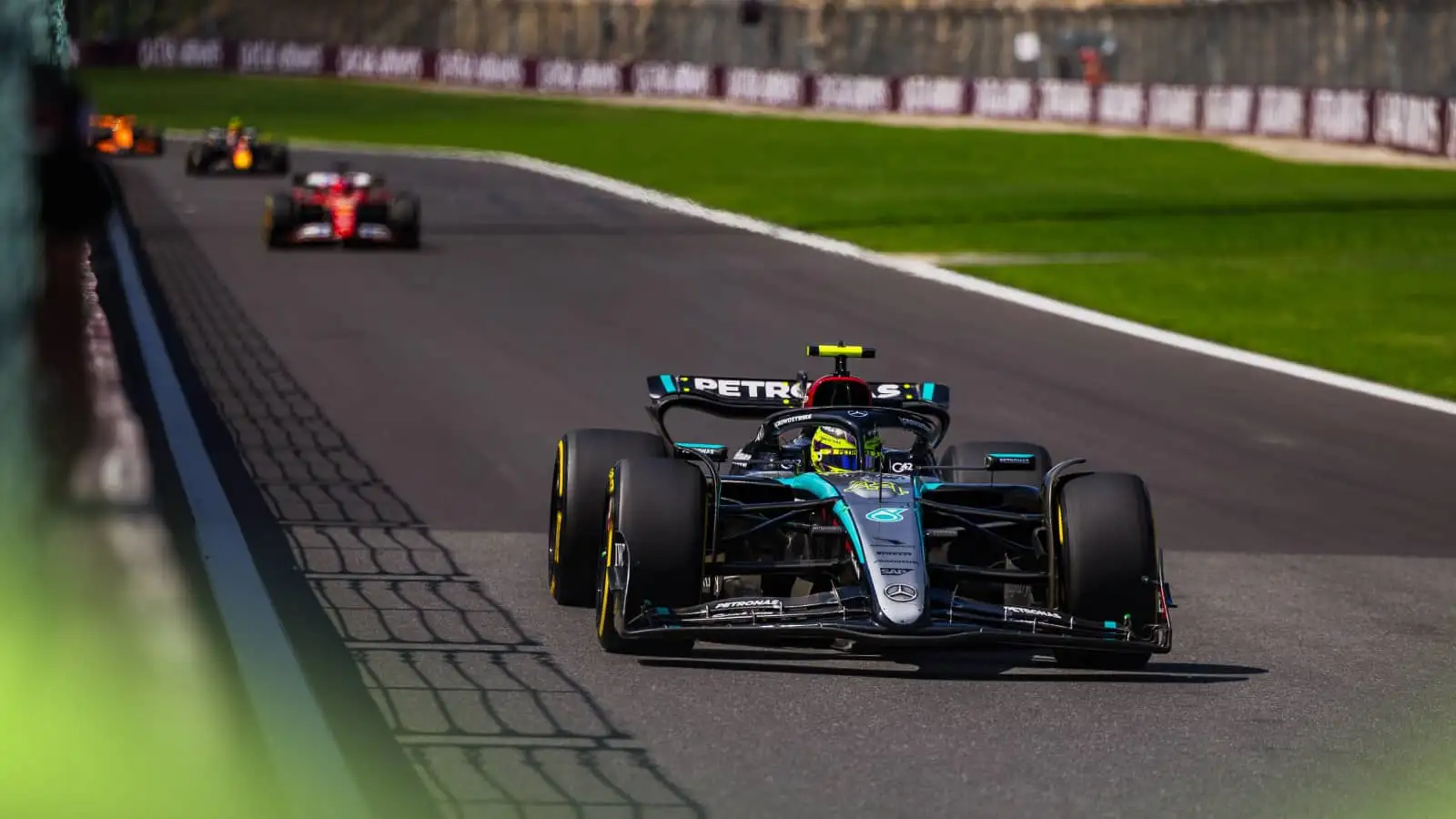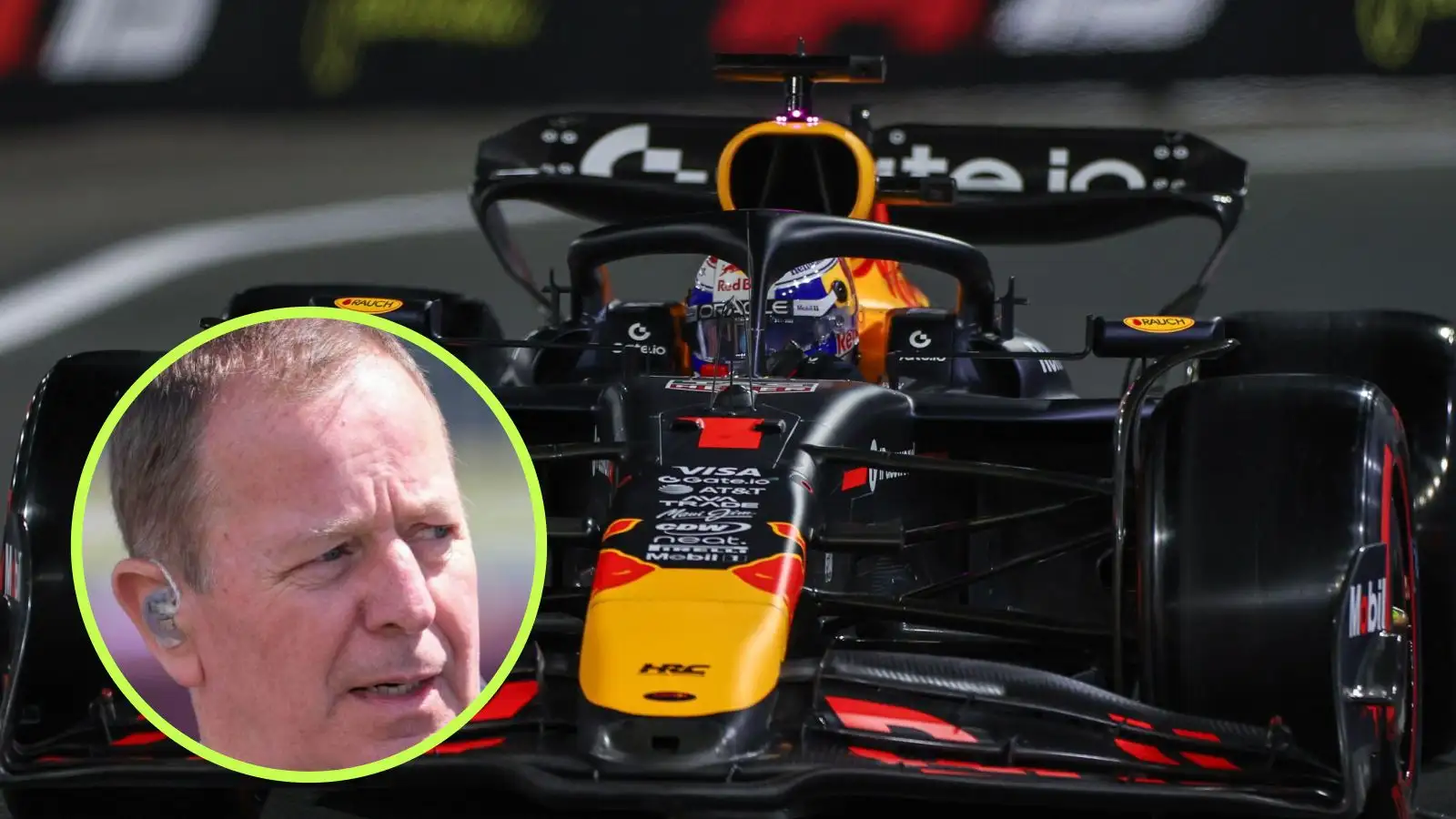Drama unfolded at the Belgian Grand Prix as Lewis Hamilton voiced his frustration over strategy decisions that were made during the race.
George Russell made an audacious call for a one-stop strategy, transforming what seemed like a certain fifth-place finish into an unexpected victory. This bold move didn’t sit well with Hamilton, who felt sidelined by his team’s decisions.
Hamilton, speaking to F1’s cameras, expressed his dismay: “Every stint, I had tyres left, but the team pulled me in….” He was confident his tyres were still in good shape and wanted to keep going. “I still had plenty of tyres and I was going quicker. I didn’t want to stop,” he added in the official press conference.
From Mercedes’ viewpoint, however, the decisions were driven by differing race circumstances for both drivers. Russell’s strategy was a gamble that paid off due to his lower position in the race, which made it less risky compared to the challenges Hamilton faced from other competitors.
Russell recounted the uncertainty surrounding his strategy. “It was quite back and forth over the course of three laps,” he said. Despite all the data indicating a one-stop was unfeasible, he trusted his instincts and managed his tyres well, which ultimately led to his surprising win.
For Hamilton, the race dynamics were different. He faced significant threats from behind, including Charles Leclerc and Oscar Piastri, making it crucial for his team to maintain track position. Mercedes boss Toto Wolff explained that their data showed Hamilton needed to pit to cover these threats, even though Hamilton felt his tyres were fine.
Wolff clarified: “As a driver, you don’t have the full picture… We had to cover the cars behind, I think it was Piastri and Leclerc.” Logically, everyone else was on a two-stop strategy, and Mercedes believed it was the right call for Hamilton.
When Mercedes split their strategies, there was a range of possible outcomes for Russell, from first to fifth place. They were likely surprised at how well the one-stop worked out for Russell, despite the dirty air making it harder for Hamilton to overtake him later in the race.
Interestingly, Mercedes revealed that if Piastri had been a serious threat at the end, they might have told Russell to move aside to protect the lead. Wolff acknowledged: “Not with team orders but probably if we had one more lap, that could have been a consideration… George would have finished P3. But I’m happy that we didn’t have to make this call.”
Hamilton may now reflect that if Russell’s one-stop strategy contributed to his car being underweight and led to disqualification, sticking to the original plan spared him from a worse fate, even if he was frustrated in the moment.
The Belgian Grand Prix showcased how differing strategies can lead to unexpected outcomes and internal team tensions. For Hamilton, the race was a lesson in the complexities of Formula 1 strategy, while Russell’s bold choice ultimately reshaped the race’s narrative.
